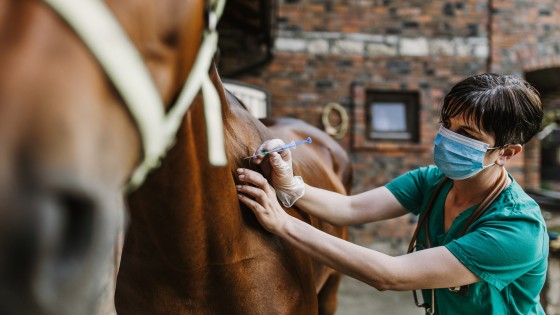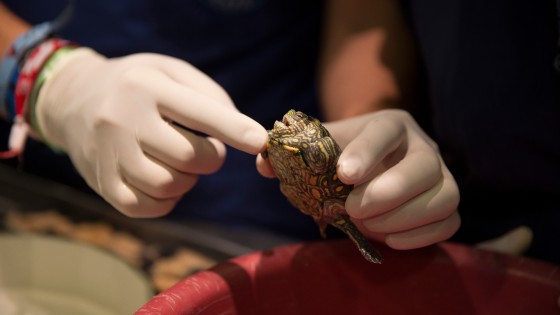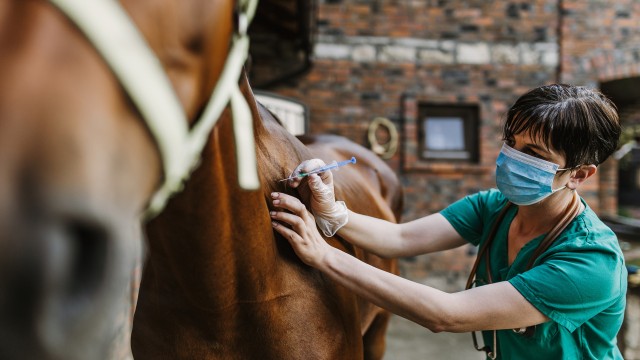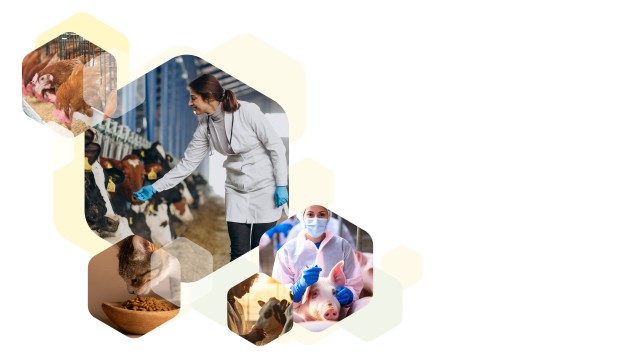Escuela de Veterinaria
Veterinary School
The mission of the College of Health Sciences is to prepare professionals in the different branches of health with a formal education in Humanities and Liberal Arts, associated with Human Medicine, Veterinary Medicine, Dentistry, and Public Health, and the areas of Optometry and Human Nutrition.
Pregrado
Research Institutes
Projects
Thanks to the support of the university community, doctors and professors in the hospital and volunteers, projects are generated with an investigative and collaborative approach to the community.
Outreach projects
The school of veterinary medicine maintains several outreach projects such as:
Mass sterilization programs: Carried out in various areas of the country, contributing to population control of urban fauna. The School of Veterinary Medicine programs and the Teaching Hospital of Veterinary Specialties of USFQ include:
-
Training on responsible pet ownership.
-
Training on proper management of pet handling centers.
-
Training on pet behavior.
-
Training on enrichment of spaces for the well-being of pets.
-
Animal welfare training.
-
Sterilization campaigns in high impact areas.
Control of Urban Fauna: Sterilizations. Its purpose is to reduce the canine and feline population as well as the migration of domestic animals to the moors where wildlife lives, thus becoming an impact area for wildlife.
Control of Urban Fauna: immunizations The school of veterinary medicine, together with the Ministry of Public Health of Ecuador, offers help supporting the vaccination campaigns against canine and feline rabies to the communities of Cumbayá, Tumbaco, Puembo, Pifo, Tababela, Checa, Yaruquí, El Quinche. In this way, it contributes to the eradication and control of rabies in the country.
Technical assistance and technology transfer to small farmers in Esmeraldas. In this way knowledge is infused into rural sectors of other provinces, with the fundamental objective of improving their performance.
Health and Wellbeing in work equids of small and medium farmers. With this work, the aim is to improve the welfare of working animals and, on the other hand, education is provided to farmers in these sectors in favor of animal welfare.
Research projects
The school of veterinary medicine maintains several research projects, to cite some of those being developed in 2018:
-
Use of stem cells in animal production and biotechnological regenerative therapies in veterinary medicine
-
Development of methodology to obtain murines with humanized mitochondria by means of perifecundation mitoception
-
Estimation of the prevalence of Fasciola hepatica and piroplasmosis in equines from the province of Esmeraldas-Ecuador
-
Detection of Trichinella spp. in pigs intended for consumption
-
Effects of palm kernel supplementation on production, health and carcass quality, and nutrient digestibility in sheep
-
Repair of Mutated and Aged Mitochondria in Oocytes through the Transfer of Normal Copies from Healthy Cells
-
Basic acid, and electrolytic response in enduro horses, with different aerobic capacity subjected to exercise at height (3000 masl)
-
Progesterone profiles and standardization of the chemiluminescence test in blood samples, during a normal and synchronized estrous cycle in dairy cattle in the Ecuadorian paramo
-
Identification of strains with chlamydial gene determinants in Galapagos seabirds
-
Prevalence of Anaplasmosis and Babesiosis through indirect ELISA tests in Cattle in the province of Esmeraldas
-
Assessment of mercury and lead in coastal food webs in Ecuador and public health implications.







